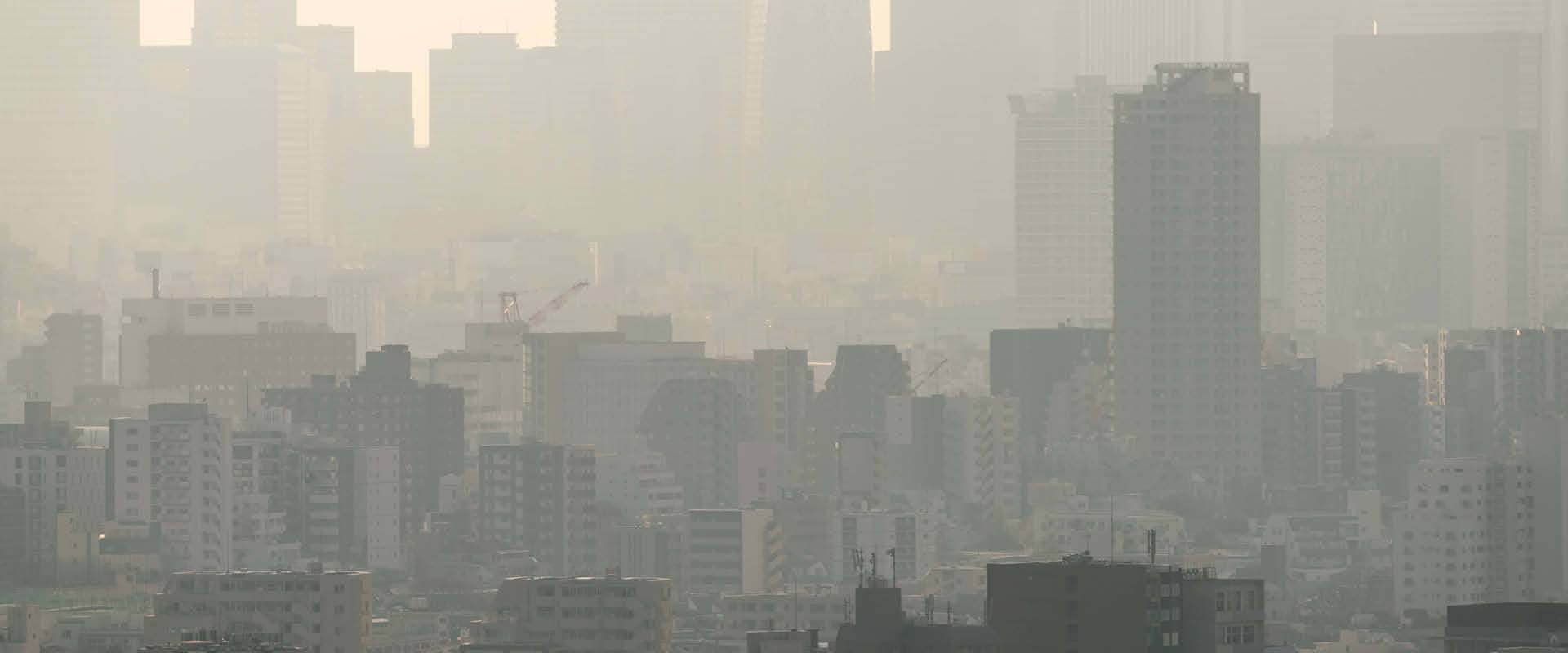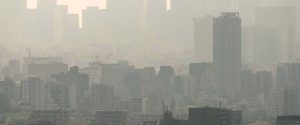Berg Insight – Why the Market for Urban Air Quality Monitoring Solutions is Set for Massive Growth
Air pollution impact on society the economy
All around the world from megacities to small villages people are breathing dirty air. Polluted air lowers life expectancy and damages economies, worsening the burden of coping with related diseases and their impacts on the workforce:
- According to the United Nations (UN), this air kills some 7 million people each year, causes long-term health problems, such as asthma, and reduces children’s cognitive development.
- The global financial impact is more than $8.1 trillion every year, according to the World Bank Group.
- Air pollution also causes significant damage to environmental ecosystems by directly affecting vegetation, and, fauna, as well as the quality of water and soil.
“Air pollution causes nearly 7 million deaths and over 200 million years of healthy life loss per year.” The Institute for Health Metrics and Evaluation (IHME)
Tailored solutions for each air quality monitoring segment
In its October 2022 report, ““Why the Market for Urban Air Quality Monitoring Solutions Is Set for Massive Growth”1, independent analyst firm Berg Insight shares that “the main application areas for ambient air quality monitoring are regulatory monitoring, supplementary network monitoring, hotspot identification and characterization, and personal exposure monitoring”.
The firm further explains that “a new generation of compact, low-cost commercial monitoring devices has emerged over the past decade, enabling increased density of measurement points and more localized air quality measurements” along with the “rapid adoption in cities, and communities around the world” and shares concrete examples of deployment.
The hybridity of wireless connectivity
Berg Insight notes that “the most common communications technology being used for supplementary network monitoring devices installed on public infrastructure in urban environments is today conventional 2G/3G networks, while options for LTE-M/ NB-IoT are also emerging. It also notes that “LoRaWAN has gained a foothold in the low-cost sensor segment and is expected to see significant growth in coming years, to a large extent driven by multi-vertical smart city deployments by cities and utilities in markets such as Europe and India”.
Leaders’ digest
We believe manufacturers of air quality sensing equipment, air quality monitoring solutions providers, city officials, building managers and real estate operators will find in this paper useful insights to:
- Understand the air quality monitoring market in numbers and key trends,
- Identify key air quality monitoring applications and related sensing solutions,
- Realize the impact of air quality improvement on society, health and the economy,
- Anticipate which wireless technologies can enable cost-efficient and scalable deployments.
1 Berg Insight, “Why the Market for Urban Air Quality Monitoring Solutions Is Set for Massive Growth”, By Fredrik Stålbrand, October 2022.

Berg Insight Disclaimer:
Berg Insight is an independent producer of market analysis, and this Berg Insight product is the result of objective research by Berg Insight staff at the time of data collection. The opinions of Berg Insight and its analysts on any subject are continuously revised based on the most current data available. The information contained herein has been obtained from sources believed to be reliable. Berg Insight disclaims all warranties, express or implied, with respect to this research, including any warranties of merchantability or fitness for a particular purpose.
Berg Insight is a trademark of Berg Insight AB and is used herein with permission. All rights reserved.



